





Webflow to Bigcommerce
Migrating your store from Webflow to Bigcommerce might seem daunting, but with proper planning and the right tools, it's a smooth process. Follow this step-by-step guide to ensure a successful transition.
Schedule a call
Step-by-Step Migration Guide: Webflow to BigCommerce Migration Guide
Step 1: Prepare Your Webflow Site for Migration
In this step, we will ensure that your Webflow site is fully prepared for a smooth transition to BigCommerce. This involves backing up your data, reviewing your current site structure, and planning for the migration process.
Step 2: Export Data from Webflow
This step focuses on exporting all necessary data from your Webflow site, including products, customers, and orders, to ensure a comprehensive transfer to BigCommerce.
Step 3: Set Up Your BigCommerce Store
In this crucial step, we will focus on setting up your new BigCommerce store, including selecting a suitable plan and customizing your store settings.
Step 4: Import Data into BigCommerce
In this step, we will import the previously exported data from Webflow into your new BigCommerce store, ensuring all necessary information is transferred accurately.
Step 5: Customize Your BigCommerce Store
This step allows you to customize your BigCommerce store's design and functionality, ensuring it aligns with your brand identity and meets your business needs.
Step 6: Test Your New BigCommerce Store
In this crucial step, we will thoroughly test your new BigCommerce store to ensure everything is functioning correctly, including product pages, checkout processes, and payment gateways.
Step 7: Launch Your BigCommerce Store
In this final step, we will officially launch your BigCommerce store, making it accessible to customers while ensuring all settings are optimized for performance.
Power Your Step - Get in Touch
Ready to migrate your store from Webflow to BigCommerce? Contact PowerCommerce for expert migration support tailored to your business needs.
Step 1: Prepare Your Webflow Site for Migration
Before initiating the migration from Webflow to BigCommerce, it is crucial to prepare your Webflow site meticulously. This preparation phase is key to ensuring that all your data is secure and that the migration process is seamless. First, we need to back up all your existing data. This includes products, customer data, orders, and any other critical information that might be on your Webflow site.
Begin by exporting your product catalog from Webflow. Navigate to your Webflow dashboard and locate the 'Export' option in the eCommerce settings. This will typically allow you to download your products in a CSV format. Ensure that your CSV file includes all relevant fields such as product names, SKUs, prices, descriptions, and images. Additionally, export your customer information and any order history that you need to retain. Regularly scheduled backups can also be set up to safeguard your data against unforeseen issues.
Next, review your current site structure. Take notes on the layout of your site, including the categories and collections you have set up. This will help you replicate a similar structure in BigCommerce. It may also be beneficial to sketch out a basic sitemap of your Webflow site, which will serve as a reference during the migration process.
- Back up your Webflow data by exporting your product catalog, customer data, and order history.
- Review your site structure and take note of essential elements to replicate in BigCommerce.
- Consider creating a sitemap to assist in the transition.
By completing these steps, you will ensure that your data is safe and that you have a clear plan for how to structure your BigCommerce site post-migration.
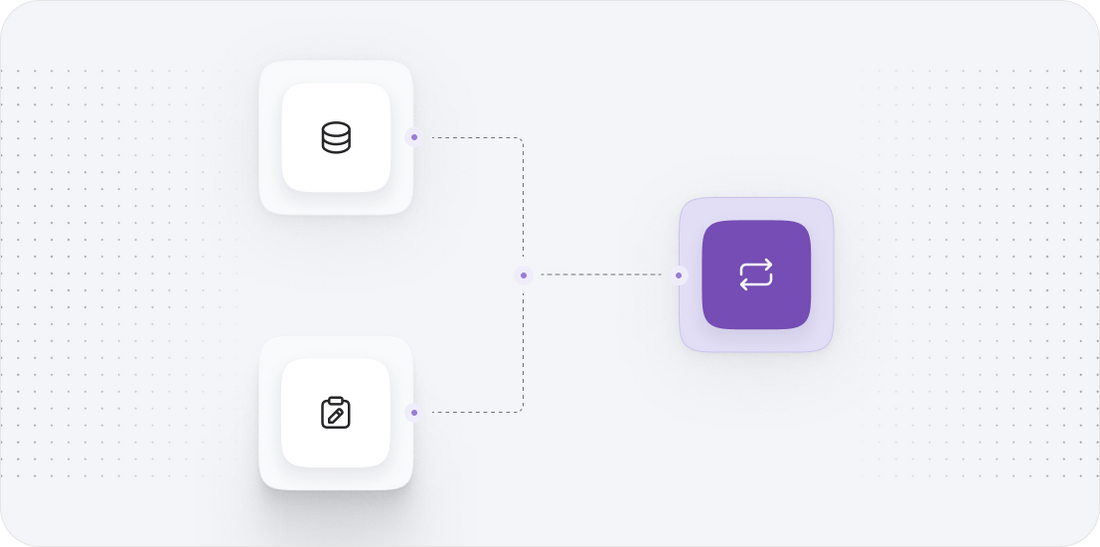
Step 2: Export Data from Webflow
In this step, we concentrate on exporting your data from Webflow to prepare for the migration to BigCommerce. The objective is to ensure that all relevant data is correctly extracted and formatted for import into BigCommerce.
Start by exporting your products. Navigate to your Webflow dashboard, go to the eCommerce settings, and select the 'Export' option. This will allow you to download a CSV file that contains all your product details. Ensure that this file includes essential fields like:
- Product Name
- SKU (Stock Keeping Unit)
- Description
- Price
- Images
- Categories
Next, export your customer data. This may involve exporting a separate CSV file that includes customer names, email addresses, and any other relevant information.
Lastly, if you have any orders that need to be transferred, ensure you export these as well. The order data should ideally include:
- Order ID
- Customer Information
- Order Date
- Product Details
Make sure to double-check the exported files for accuracy and completeness. Once you have all your data exported, you can proceed to the next step of the migration process.
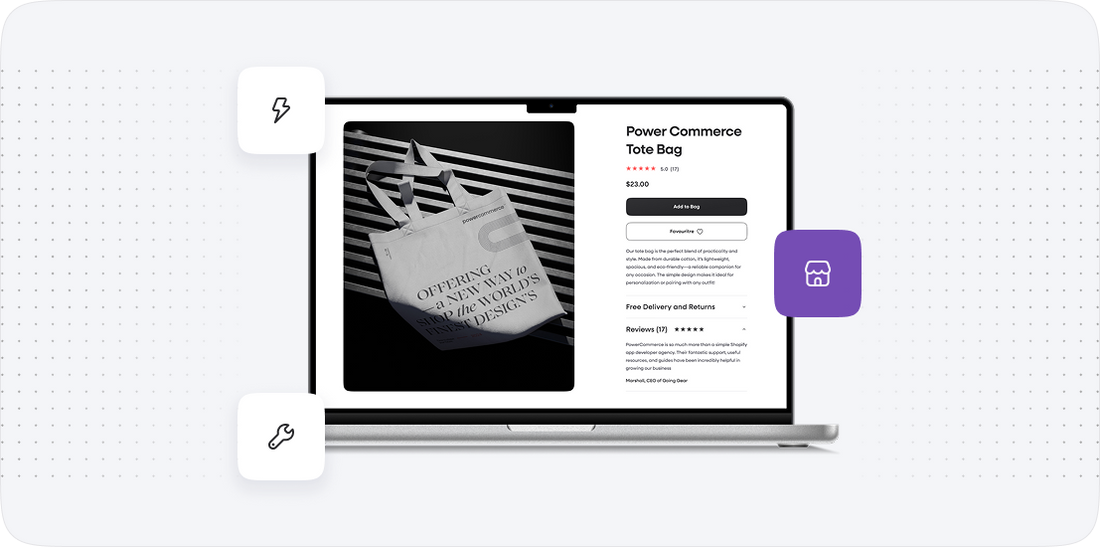
Step 3: Set Up Your BigCommerce Store
Now that we have successfully exported all necessary data from Webflow, the next phase involves setting up your BigCommerce store. This is a pivotal step in the migration process as it lays the foundation for your new online presence.
First, visit the BigCommerce website and choose a pricing plan that aligns with your business needs. BigCommerce offers various plans, from basic to enterprise solutions, ensuring scalability as your business grows. Selecting the right plan is essential for accessing the features that will best serve your business.
After selecting your plan, you will need to create your BigCommerce account. Fill in the required details and follow the prompts to set up your store. Once your account is active, log in to your BigCommerce dashboard.
Begin customizing your store settings. This includes setting up your store name, logo, and payment options. Go to the 'Store Setup' section within the dashboard and configure your shipping, taxes, and payment methods. Make sure to enable SSL for secure transactions, as this is crucial for customer trust and data protection.
- Choose a BigCommerce pricing plan based on your business needs.
- Create your BigCommerce account and log in to the dashboard.
- Customize store settings including store name, logo, and payment options.
By completing these setup processes, you’ll ensure that your BigCommerce store is ready to accept the incoming data from Webflow.
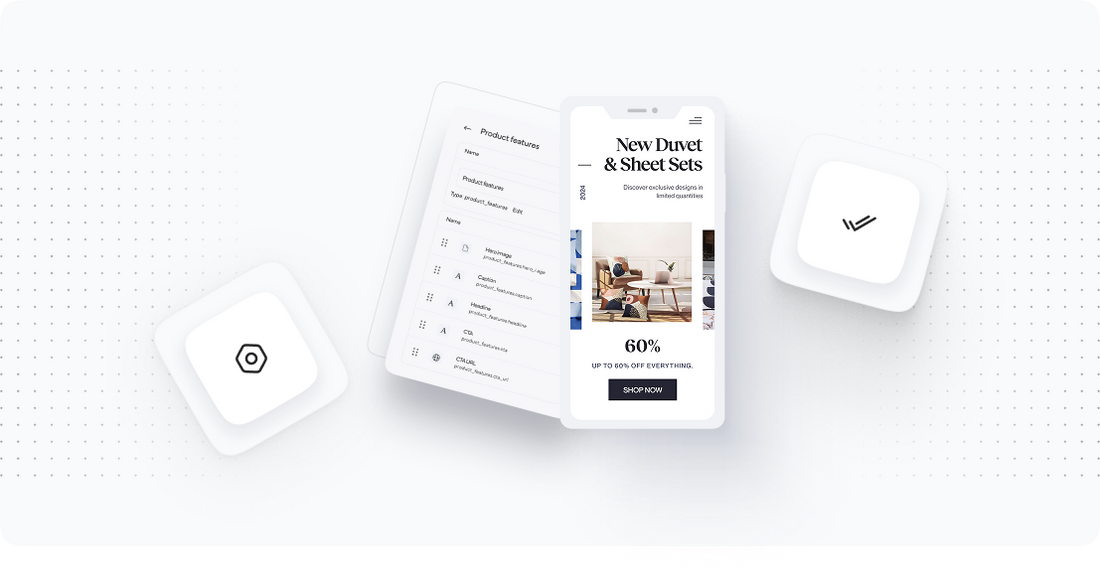
Step 4: Import Data into BigCommerce
With your BigCommerce store set up and ready, we can now proceed to import the data exported from Webflow. This step is crucial, as it will ensure that all your products, customers, and orders are correctly transferred to your new platform.
Log into your BigCommerce dashboard and navigate to the 'Products' section. Here, you will find an option to import products. Upload the CSV file that you previously exported from Webflow. BigCommerce will prompt you to map the columns in your CSV file to the corresponding fields in its product database. Take your time to ensure that every field is correctly matched, as this will prevent issues later on.
After the product import is complete, repeat the process for importing customer data. Go to the 'Customers' section of your BigCommerce dashboard and use the import feature to upload the customer CSV file. Again, ensure that the mapping of fields is done accurately.
Finally, if you exported order data, import this as well, ensuring that all orders reflect the correct customer and product associations. Once the data import is complete, it's important to validate that all information has been transferred accurately.
- Navigate to the 'Products' section and import your product CSV file.
- Map CSV fields to BigCommerce fields carefully during the import process.
- Repeat the process for importing customer data and orders.
Completing this step ensures that your new BigCommerce store is populated with all the essential data from your Webflow site, setting the stage for the next phases of the migration process.
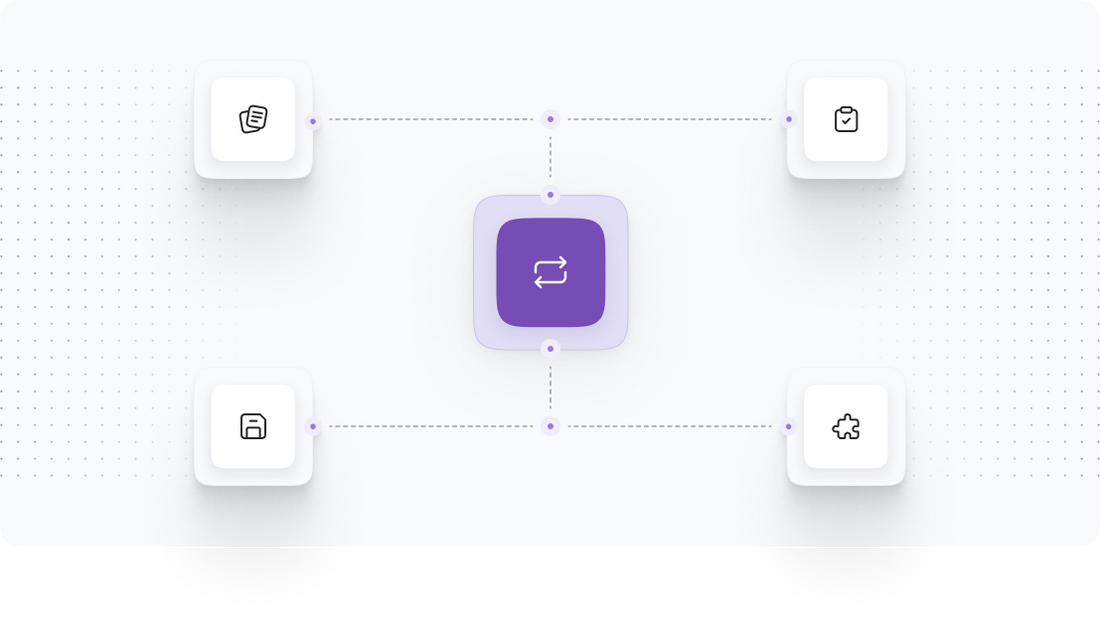
Step 5: Customize Your BigCommerce Store
Now that we have successfully imported all your data into BigCommerce, the next step is to customize your store to fit your brand identity and business needs. This customization phase is vital for creating a cohesive shopping experience for your customers.
Start by selecting a theme for your BigCommerce store. BigCommerce offers a variety of professionally designed themes that cater to different industries. Choose a theme that resonates with your brand and provides a user-friendly shopping experience.
Once you have selected a theme, you can customize it further. Navigate to the 'Design' section in your BigCommerce dashboard. Here, you can adjust colors, fonts, and layout options to match your branding. Make sure to incorporate your logo and any other brand elements that reinforce your identity.
Additionally, explore the Apps Marketplace to find useful plugins that can enhance your store's functionality. Whether you need marketing tools, customer support integrations, or inventory management solutions, the BigCommerce Apps Marketplace has a wide range of options to choose from.
- Select and apply a theme that aligns with your brand.
- Customize the theme's design elements in the 'Design' section.
- Explore the BigCommerce Apps Marketplace to enhance store functionality.
By completing this customization phase, you will create an appealing and functional online store that reflects your brand and meets customer expectations.
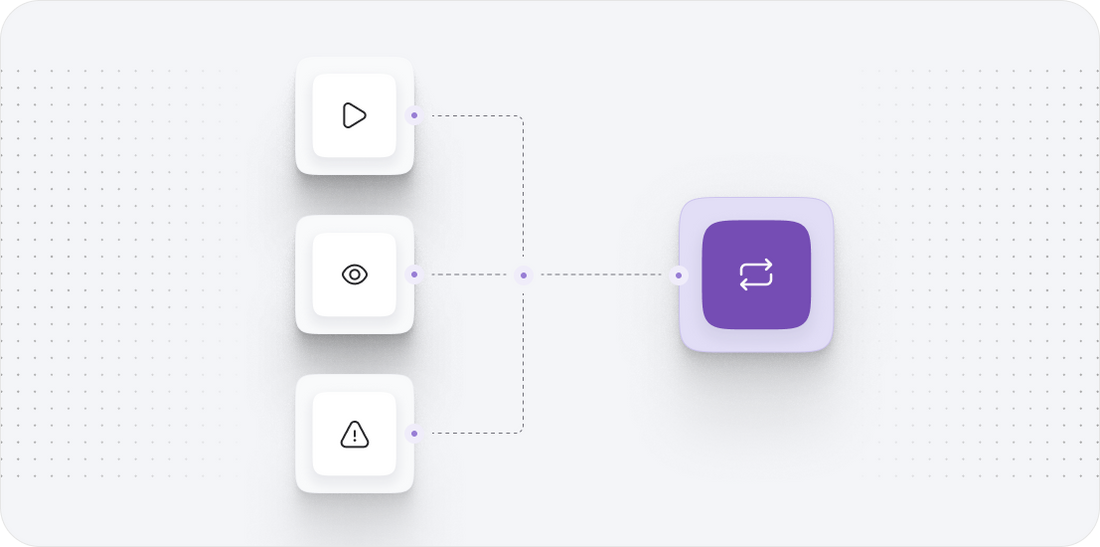
Step 6: Test Your New BigCommerce Store
With your BigCommerce store customized and ready for launch, it's essential to conduct thorough testing before going live. This step ensures that all functionalities work as intended and that your customers will have a smooth shopping experience.
Begin by reviewing your product pages. Check that all product images, descriptions, and pricing information are displayed correctly. Click through various products and categories to ensure that links are functioning and that navigation is intuitive.
Next, proceed to test the checkout process. Add items to your cart and go through the checkout flow, ensuring that all steps are clear and that payment gateways are functioning correctly. Make test transactions using different payment methods to verify that payments are processed as expected.
Additionally, check responsiveness by testing your store on various devices, such as smartphones and tablets. Ensure that the layout and functionality are consistent across all devices.
- Check product pages for correct data display and functionality.
- Test the entire checkout process, including payment gateways.
- Verify responsiveness across different devices to ensure a seamless user experience.
Completing these tests will help you identify any issues before your store goes live, ensuring a smooth experience for your customers.
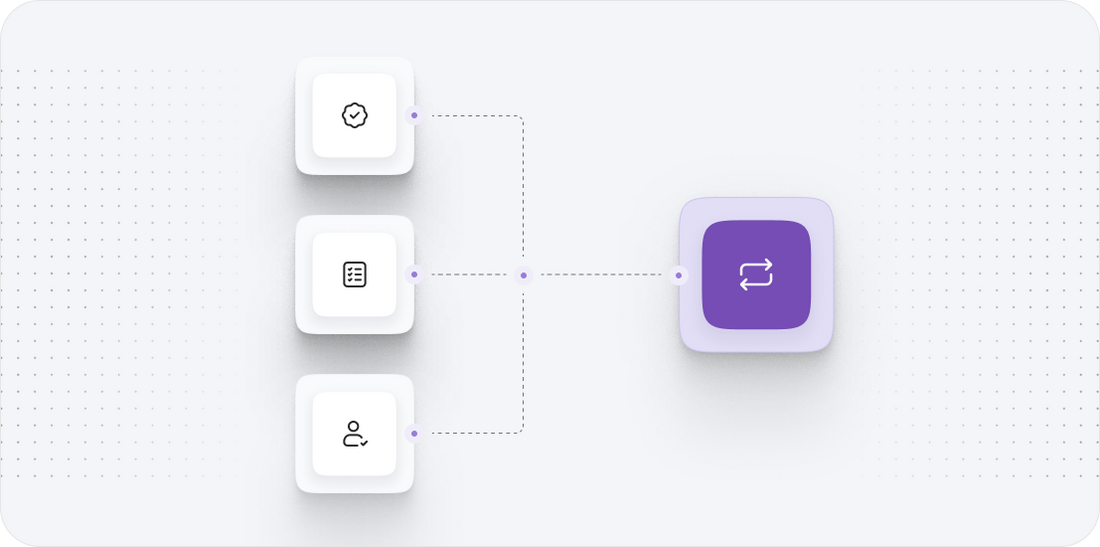
Step 7: Launch Your BigCommerce Store
Congratulations! You are now ready to launch your new BigCommerce store. This final step involves making your store live and ensuring that all settings are optimized for performance and customer engagement.
Begin by ensuring your domain is correctly pointed to your BigCommerce site. If you’re using a custom domain, update your DNS settings as necessary. BigCommerce provides detailed instructions on how to point your domain correctly, so follow the guidelines to ensure everything is set up properly.
Before launching, double-check your store settings once more. Ensure that all payment methods are enabled and functioning, shipping options are set, and tax calculations are correct. This is also a good time to review your SEO settings to ensure your store is optimized for search engines.
Once everything is confirmed, it’s time to officially launch your store! Announce the launch across your marketing channels, including email lists and social media to generate excitement among your customers. Monitor the store closely during the first few days to address any potential issues swiftly.
- Ensure your domain is correctly pointed to your BigCommerce site.
- Double-check all settings including payments, shipping, and taxes.
- Announce your store launch to generate traffic and excitement.
By completing this final step, you will successfully transition from Webflow to BigCommerce, ready to serve your customers with an optimized and functional online store.
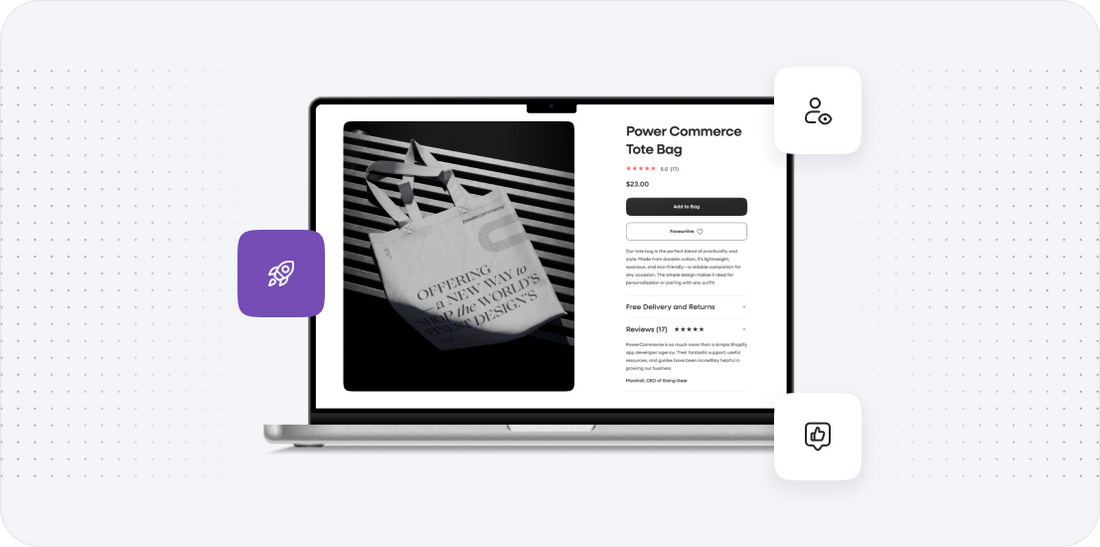
Power Your Step - Get in Touch
Are you ready to take the leap and migrate your store from Webflow to BigCommerce? Let us at PowerCommerce assist you in making this transition as smooth and efficient as possible. With our expert guidance and extensive experience in ecommerce migrations, we ensure that your data is transferred seamlessly with minimal downtime.
By choosing PowerCommerce, you benefit from our customer-centric approach, data-driven strategies that optimize your new BigCommerce store, and ongoing support every step of the way. Don’t hesitate to reach out to us for a risk-free consultation!
- Visit our contact form at PowerCommerce Contact Page.
- Call us at 800-099-9090.
- Email us at info@powercommerce.com.
Your success is our priority, and we are here to empower your ecommerce journey. Contact us today to get started!
Stay aligned on what's happening in the commerce world
Trusted by 1000+ innovative companies worldwide
Schedule Your Migration Today
For businesses prioritizing simplicity, scalability, and robust support, Shopify is the clear winner.
Looking to migrate without hassle? Power Commerce can handle the entire process, ensuring smooth data transfer, store setup, and post-launch success.
Marka Marulića 2, Sarajevo, 71000 BiH
00387 60 345 5801
info@powercommerce.com


